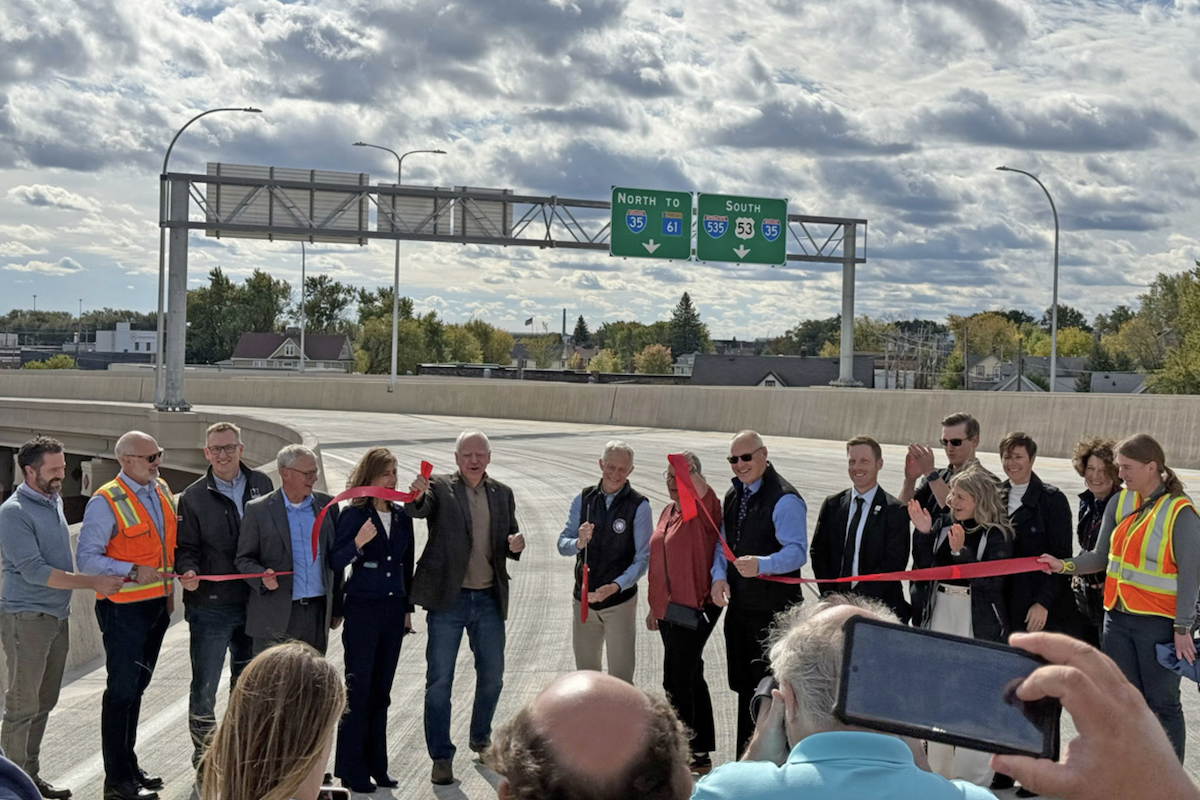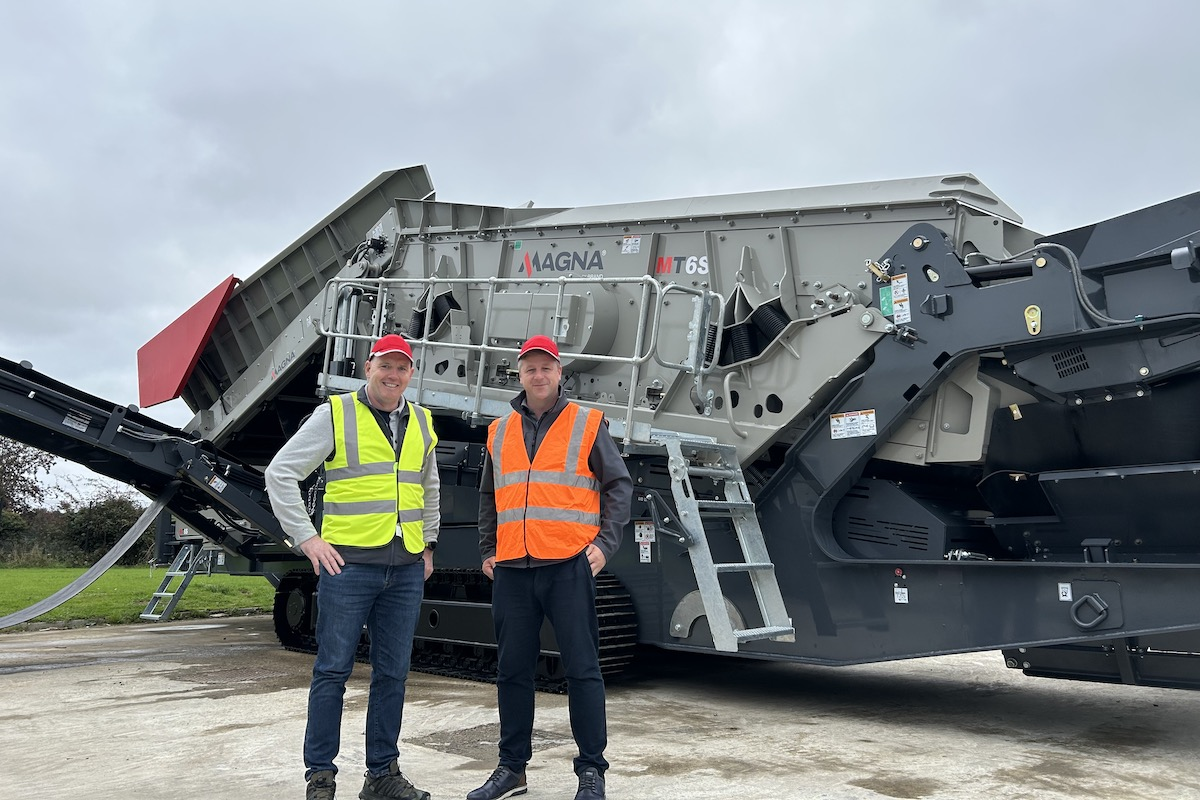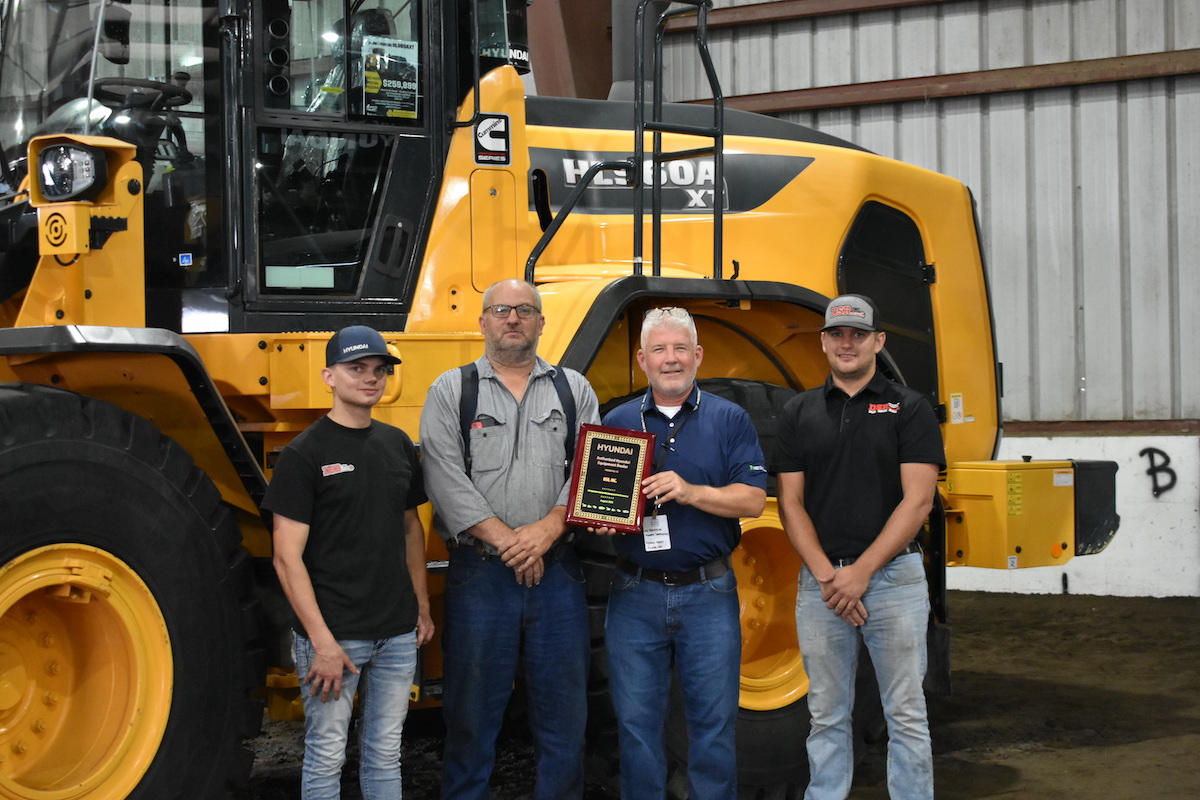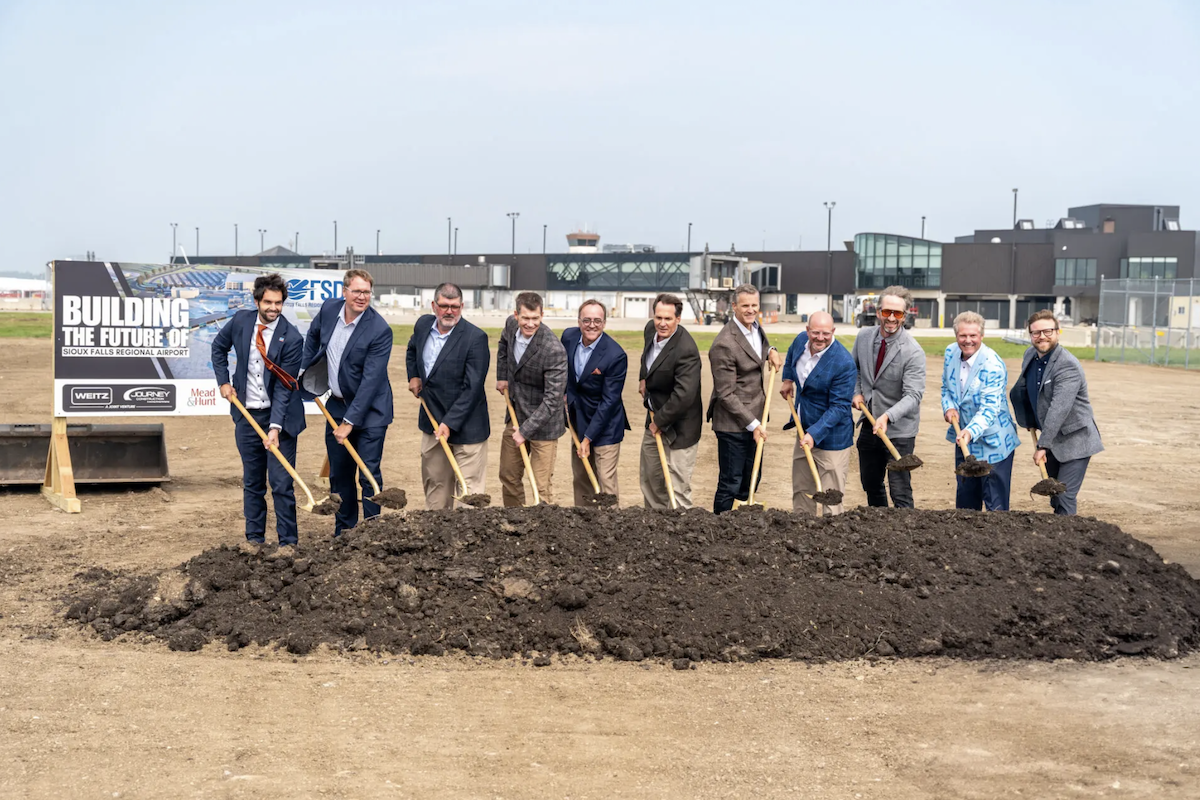The old-school idea of a safety professional serving as a “safety cop” rarely achieves significant changes in how much workers choose to “own” their own safety. An enforcer who tries to catch workers making mistakes and then makes an example of the employee can contribute to resentment and distrust. Workers who experience this type of approach to safety may not participate and often do not buy into a company’s safety program.
When I walk into a jobsite for the first time and meet the team, one of the first things I tell them is my goal is just to get them to think for a moment before they do something. I could develop the best safety program in the world, deliver absolutely inspiring toolbox talks, and be looked upon as the top expert on the site, but if they don’t buy into the importance of safety, I’m fighting an uphill battle.
I hope to transform every worker on a jobsite into a safety leader. That doesn’t mean giving each of them a role such as safety supervisor. Instead, it means instilling the knowledge and the confidence to understand the importance of safety, recognize the difference between safe and unsafe work practices, and be willing to address potentially unsafe situations before someone gets hurt or something gets damaged.
Being a safety leader doesn’t mean having a title. It’s an attitude. Safety leadership is demonstrating an approach in which workers understand they’re the key to keeping the workplace safe. Ideally, everyone on a site should be a safety leader.

| Your local Link Belt dealer |
|---|
| Hayden-Murphy Equipment Co |
It doesn’t happen automatically. I’ve encountered many situations in which I’m stopped by a worker who tells me something he saw a co-worker do. I feel that the worker’s goal is to involve me as an easier route to solve the issue at hand. My immediate response is invariably, “Well, what did you do about it?” The worker is usually shocked that I expected him to identify a solution to the situation on his own, so I explain that if he wants the jobsite to be safer, he needs to have some skin in the game. If he sees something that’s wrong, it’s up to him to find a solution or call it to the attention of whoever is doing it.
When I talk to workers on that first day, I assure them I’m not there to scold or punish them. I don’t get up in the morning and think about who I might hassle that day or what I can do to be seen as a jerk. My overriding objective is making sure that everyone who comes to work that day goes home safe and healthy. Not only do I want to protect their lives – I also don’t want to see them suffer even minor injuries. The best way to make that happen is to ensure they’re empowered to take personal responsibility for safety.
I come by that sense of personal responsibility naturally, having grown up in a family of union pipefitters. I would hear the stories of what went wrong on jobsites, of the terrible injuries my relatives witnessed. I saw how seriously they took their jobs and the value they placed on safety. By becoming a safety professional, I realized I could support people like them, so they could return home to their families every day.
When I began my career in safety, my uncle offered some sage advice. He said, “Jeremy, if you see a guy doing something you perceive as wrong, don’t just write him up or start yelling at him. Go over to him and ask what’s he’s doing. Ask him to show you how he’s doing it and why he’s doing it that way. Then ask him if the two of you can figure out a better way to accomplish that.”
Through conversations with my uncle and the other pipefitters in the family, I knew most workers take a great deal of pride in doing their work well. When we would drive by a building, they would talk about having worked to install or repair various mechanical systems within. Sometimes, they would recall the challenges they faced. They may have performed the work decades ago, but they knew they did things the right way and were confident their efforts still served the building’s occupants.

| Your local Gomaco dealer |
|---|
| Swanston Equipment Co |
| Hayden-Murphy Equipment Co |
As I found myself on jobsites, I quickly realized just how smart many workers are. They like to explain why they do things or show others a better way to do them. Recognizing that, I’ll often ask workers on a site to show their counterparts what they’re doing so they can learn from it. I can tell them doing X is a safe work practice, but it can be far more meaningful and memorable when one of their co-workers explains it to them.
It’s important to call attention to the people who are doing things the right way. If I’m walking through a site and I see guys working on a platform who are properly tied off and squared away, with barricades protecting the area and a ground guy monitoring everything, I’ll let them know I appreciate what they’re doing. They already know they’re taking the right steps, but everyone appreciates being recognized for it.
Once workers truly understand the personal role they play in working safely, and once they realize the purpose of safety rules isn’t to annoy them, but to make sure they enjoy long, healthy lives, they become safety leaders on their jobsites. My role changes too. Instead of issuing corrections for unsafe behavior, I’m able to offer genuine praise for doing the right thing. That’s when I go home happy.


































































